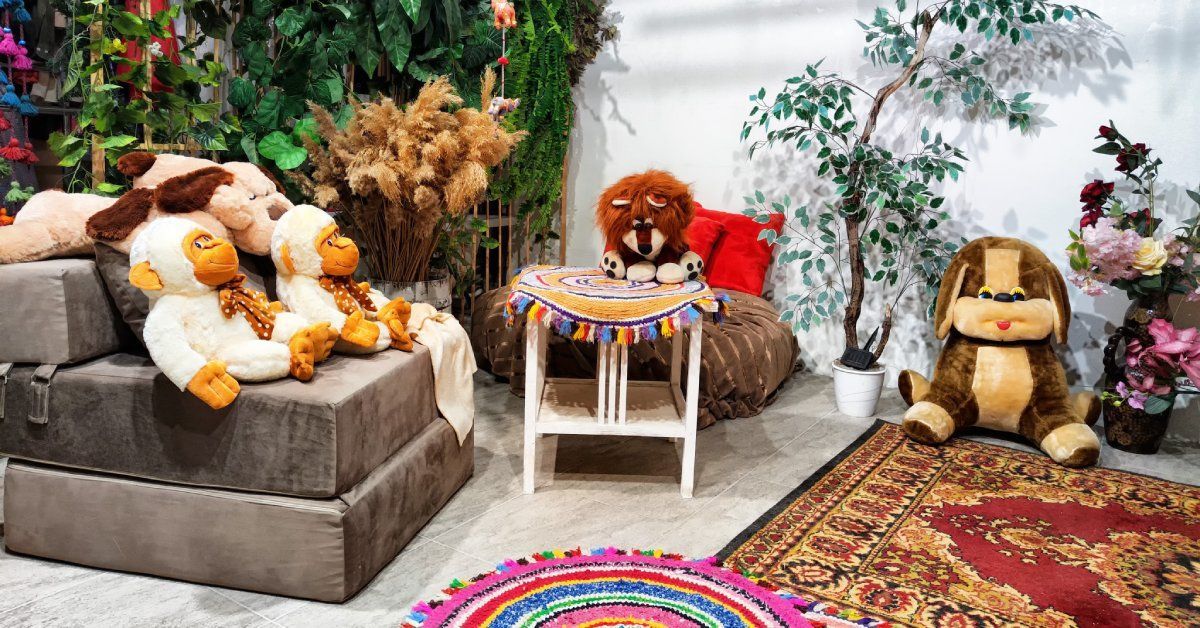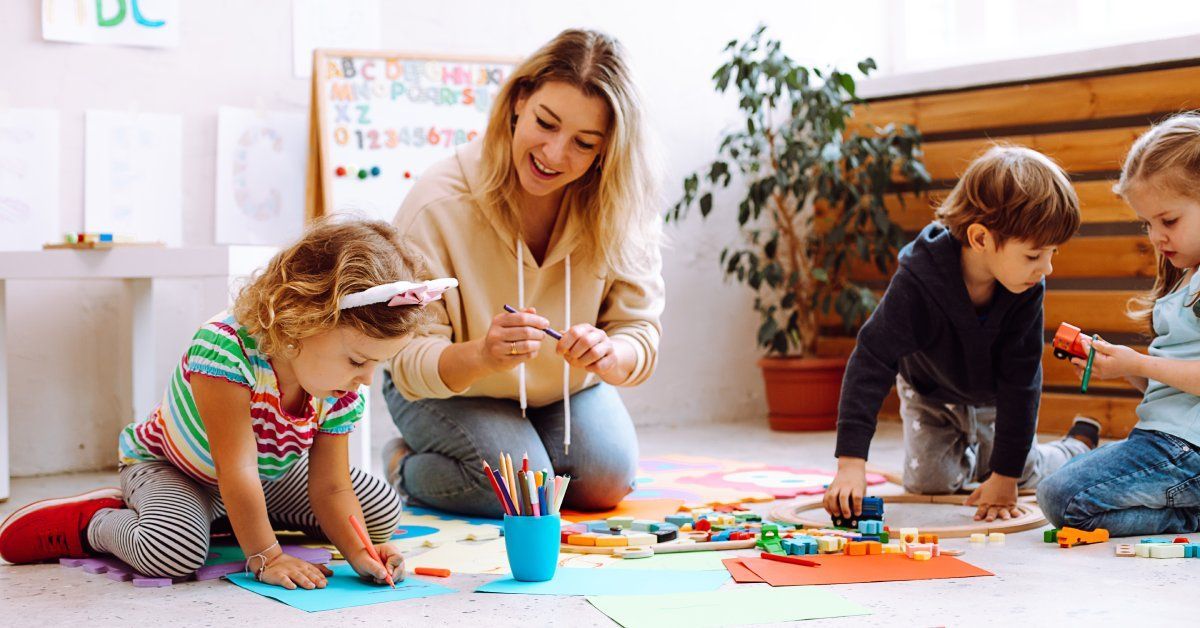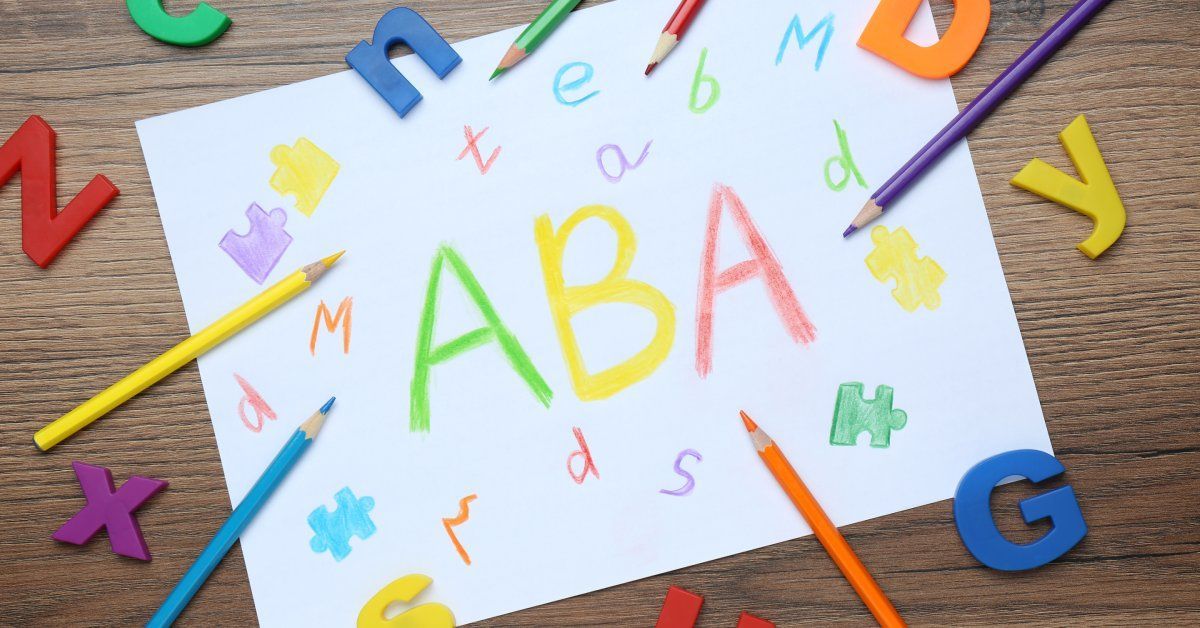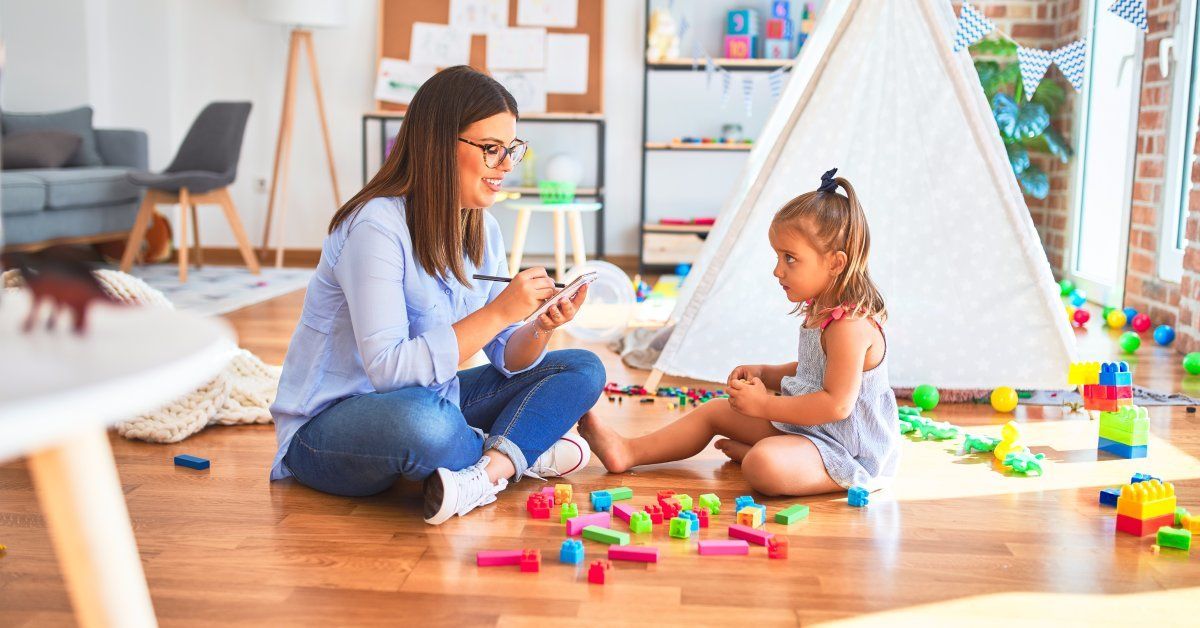Ways To Host a Sensory-Friendly New Year’s Eve
Ringing in the new year often means big parties, bright fireworks, and crowded spaces. For kids with autism or sensory sensitivities, these long-standing traditions can be more overwhelming than joyful. You can still have a fun celebration; it just takes a different approach. The good news is, there are many ways to host a sensory-friendly New Year’s Eve so your family can build happy memories together in a comfortable space.
A celebration doesn’t have to mean sensory overload. With a bit of thought and some small changes, you can create an event that considers your child's needs while still capturing the excitement of the holiday.
Prioritize Open Communication With Guests
If you plan on inviting friends or family, start by letting them know your plans for a sensory-friendly celebration. Clear communication helps set expectations for everyone.
Tell your guests about what to expect, like lower music, gentle lighting, and a more relaxed environment. You might also want to share a little about your child’s preferences, such as the need to avoid loud noises or surprises. When people understand the “why,” they are more supportive and considerate.
It can also be helpful to gently guide your guests on ways to make the celebration comfortable for everyone. Encourage them to:
- Avoid making sudden loud noises, such as clapping, shouting, or popping party poppers.
- Respect quiet zones or designated calming spaces where your child can retreat when they need a break.
- Be patient if your child chooses to observe rather than join in certain activities, and allow them space to participate in their own time.
Sharing these tips fosters a more inclusive environment and helps your guests feel empowered to contribute positively to your child’s experience.
Create a Predictable Schedule for the Evening
Children with autism tend to feel safest when they know what comes next. New Year’s Eve can throw off routines, but a visual or written schedule makes a world of difference.
When you invite your child to help make the schedule, it gives them more control and can spark excitement about the party. Include things like mealtimes, crafts or games, a quiet break, and the countdown. Show your child the schedule ahead of time so there aren’t any surprises. This simple step gives them a sense of control and helps ease anxiety.

Adjust the Lighting and Decorations
Traditional decorations can be too bright or sparkly for someone with sensory sensitivities. You can still create a festive atmosphere by choosing alternatives.
String up soft, steady lights instead of twinkling ones. Felt banners or gentle paper garlands work well instead of shiny metallics. Keep room lighting comfortable and not too harsh. You want the space to feel festive but calm at the same time.
Manage the Noise Level
Loud music, fireworks, and noisemakers are tough for anyone sensitive to sounds. You can monitor the sound levels in your home to keep things soothing.
Put on calming music your child already knows and keep the volume low. Skip the traditional horns and poppers. Instead, hand out bubbles, glow sticks, or soft confetti wands for your countdown. If outdoor noise is unavoidable, make sure there’s a spot in the house where your child can use noise-canceling headphones or just take a comfort break.
Plan Sensory-Friendly Activities
You don’t have to pack the night with high-energy games. Gentle activities your child already enjoys or new ones with a soft sensory focus can make the evening feel special.
Here are a few ideas to consider.
- Sensory bins: Fill a container with rice, beans, or soft fabric scraps, and include small toys or themed items for your child to explore with their hands.
- DIY crafts with soft textures: Try making felt garlands, decorating foam hats, or using pom-poms and cotton balls for crafts. These materials are gentle and inviting for children.
- Calming yoga stretches: Guide your child through easy yoga poses or gentle stretches. Even a short routine can help everyone feel calm and centered during the excitement.
Tailoring activities in this way ensures every child feels included, engaged, and comfortable as you celebrate together.

Offer a Calming, Quiet Space
Even with careful planning, celebrations can become overwhelming. Plan ahead by setting up a quiet zone—a bedroom corner, a comfy chair, or a cozy tent.
You can personalize this area with your child’s favorite scents or calming visuals, such as a lava lamp or soft fairy lights, to create a comforting oasis. Let your child know it’s there and that they can use it whenever they need to recharge. Having an escape plan reassures your child that their comfort matters and puts them in control.
Rethink the Food and Drinks Menu
Many kids have food sensitivities or strong preferences, so buffet tables with unfamiliar treats can feel intimidating. Keeping favorite and familiar foods on the menu goes a long way.
You can have new foods, if you want to, but don’t pressure them to try anything. Consider a fun sparkling juice or easy cookies you bake together. Involving your child in cooking or the setup can also help them feel safer about trying something new.
Celebrate the New Year Early
The countdown doesn’t have to happen at midnight. Early celebrations or a “Noon Year’s Eve” are just as memorable, especially for young kids or anyone who struggles with adjusting their routine.
You can find countdown videos online that you can play at any time. Try creating a new family tradition, like writing down wishes for the new year or taking a moment together to share favorite memories from the past year, so the celebration feels personal and meaningful.
Prepare Your Child for the Celebration
A little extra preparation goes a long way. Talk about New Year’s Eve in the days leading up to it, and read stories that explain what people do and why.
You can do a practice countdown and walk through planned activities. When your child knows what the night will look like, you take away a lot of the guesswork and stress.
Use Strategies You Already Know
You know your child best. Rely on the routines and calming tools that already work for your family. Visual schedules, favorite activities, and quiet breaks bring comfort to new situations.
If you’ve explored applied behavior analysis training for parents , you’re already equipped with strategies to encourage positive behaviors and address challenging moments. Use what you already know to create a smoother, less stressful experience for your child on New Year’s Eve.
Make Your Party Fun for Everyone
With these ways to host a sensory-friendly New Year’s Eve , you can close out the year peacefully and start the next one with joy and togetherness—it will just take a bit of extra planning. Keep comfort and connection at the heart of your night, and everyone, including your child, can join in on the fun.






